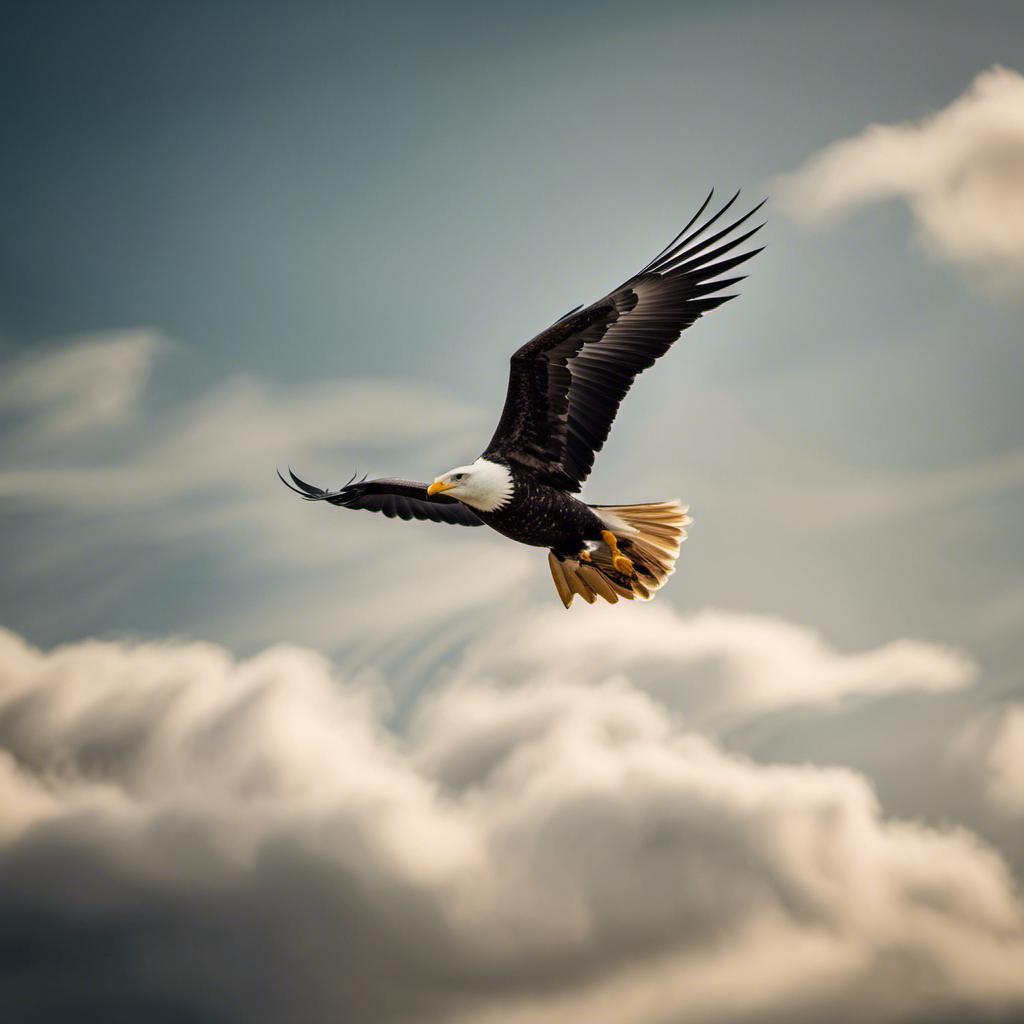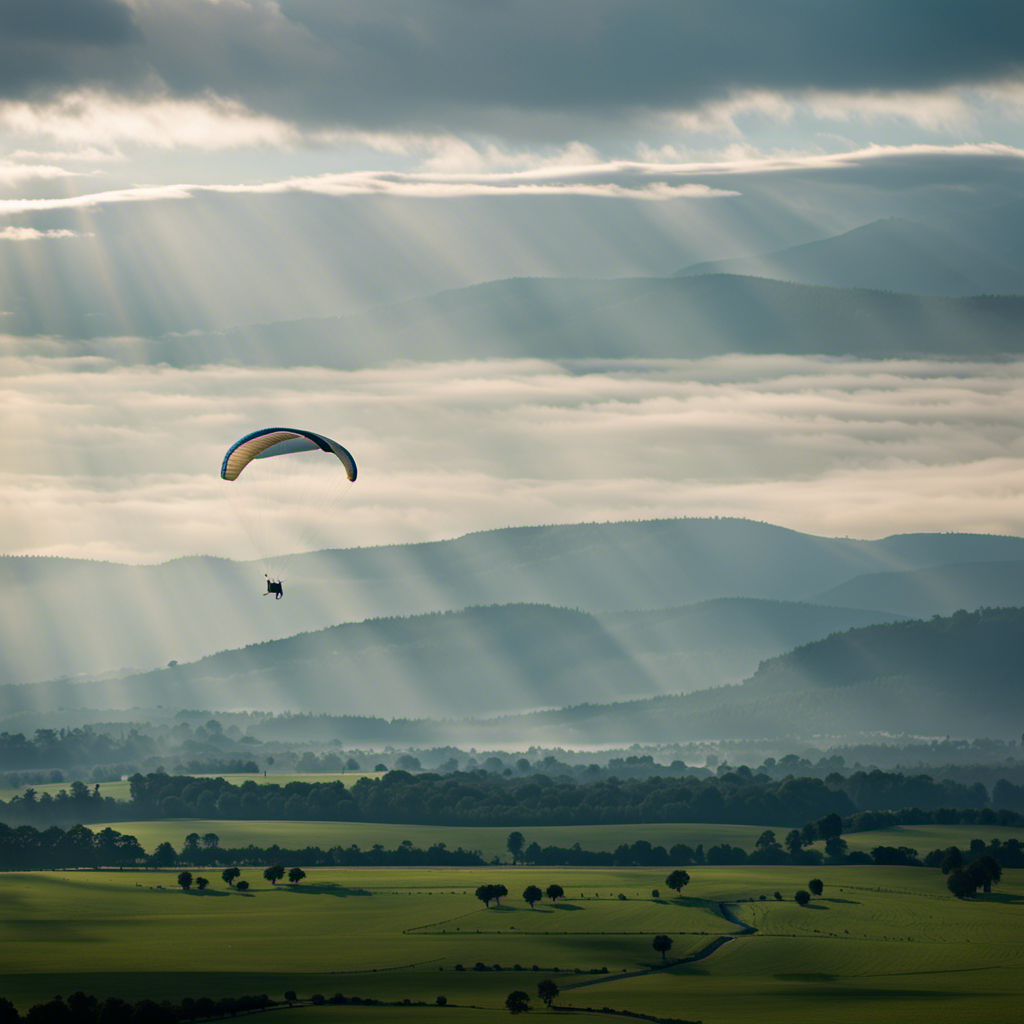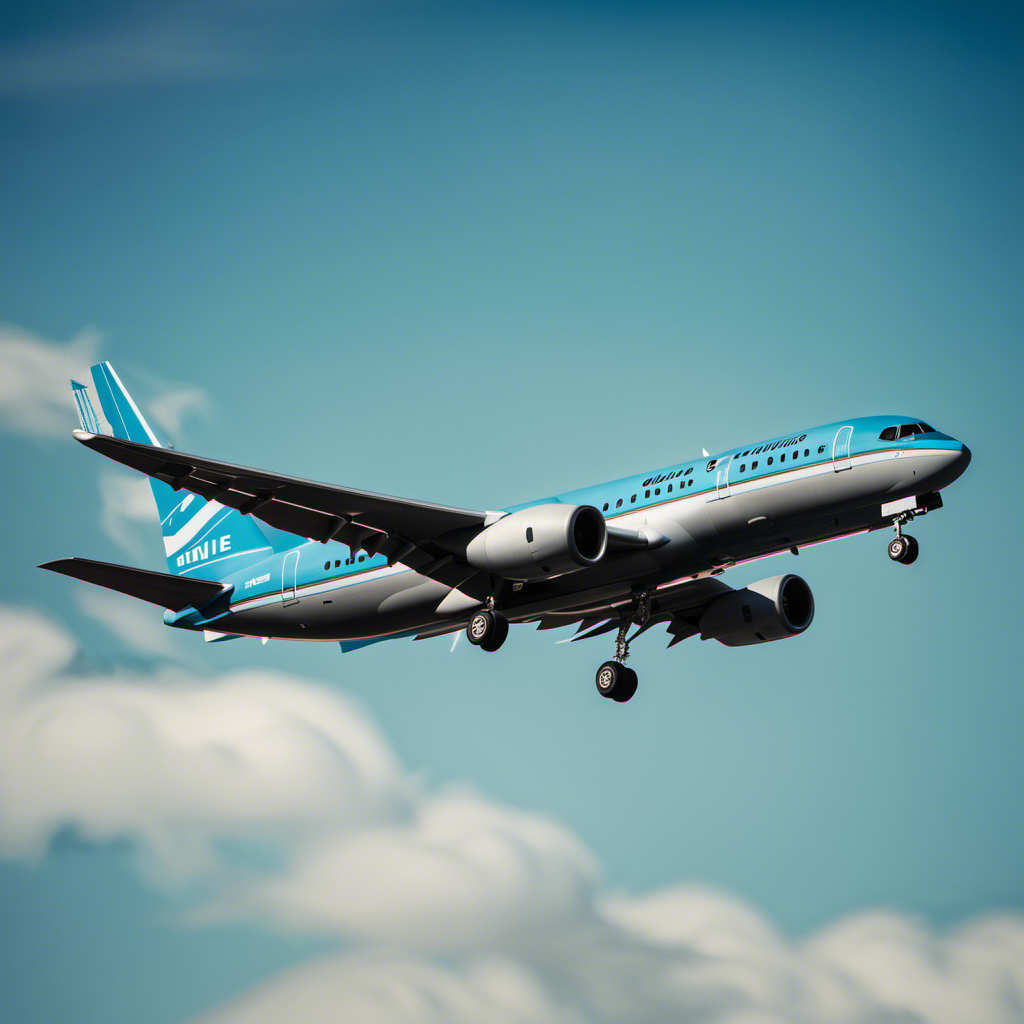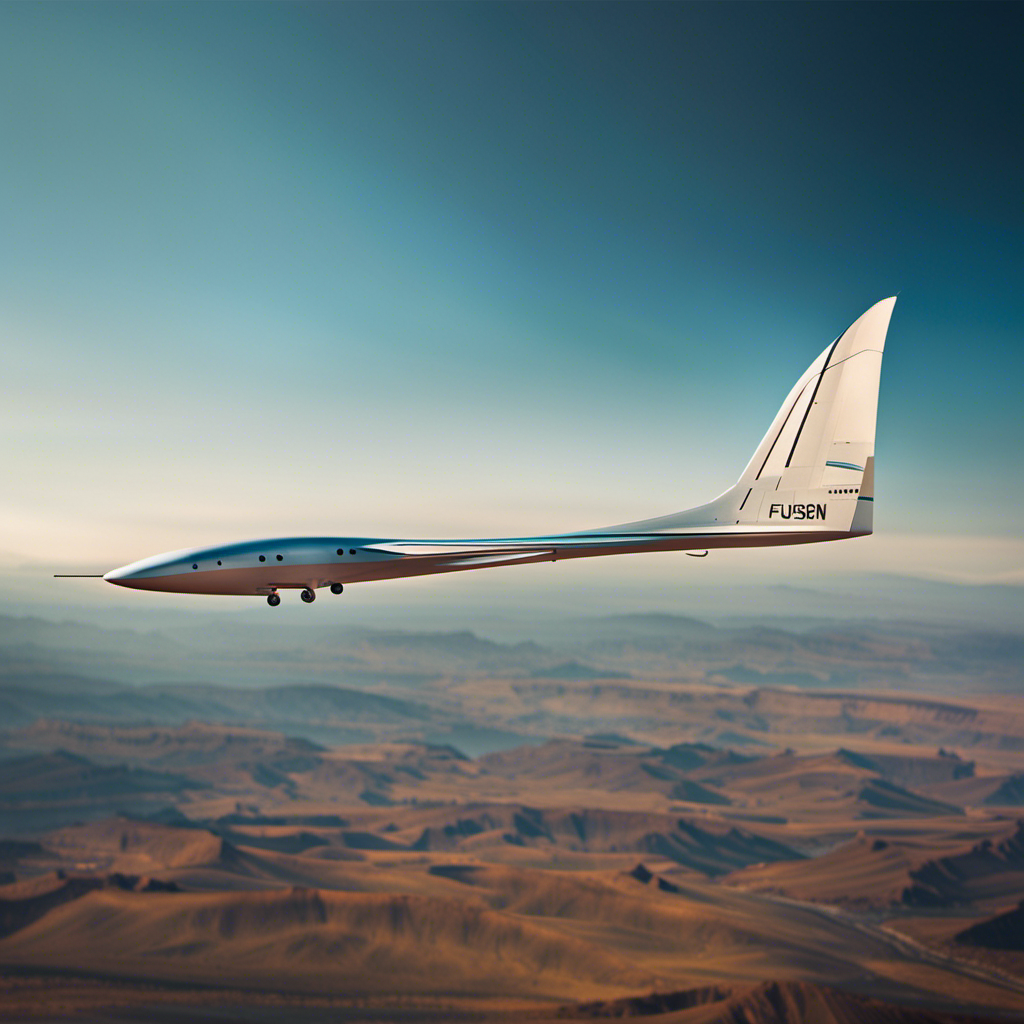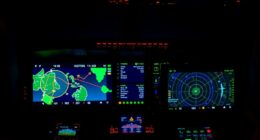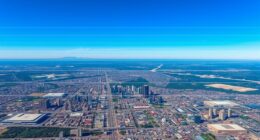Have you ever stopped to think about the differences between gliding and flying, despite your admiration for aviation marvels?
In this article, we’ll explore the key distinctions between these two exhilarating activities. From the scientific principles that govern their motion to the various types of aircraft involved, we’ll delve into every aspect.
Whether you’re a seasoned glider or a budding aviator, this comprehensive guide will satisfy your curiosity and deepen your understanding of these thrilling airborne pursuits.
So buckle up and let’s take flight!
Key Takeaways
- Gliding requires careful monitoring of weather conditions, while flying involves understanding and interpreting weather conditions.
- Gliding relies solely on the pilot’s skill and knowledge, while flying allows for more control over altitude and speed.
- Gliding involves adapting to natural air currents and mastering controls, while flying includes the use of an engine for thrust and lift.
- Gliding provides a serene and peaceful experience with awe-inspiring views, while flying offers a wider range of possibilities and challenges.
Definition and Basic Concepts of Gliding and Flying
To understand the key differences between gliding and flying, you need to know the basic concepts and definitions of each.
Gliding refers to the act of moving through the air without the use of an engine. Gliders, also known as sailplanes, rely on gravity and air currents to stay airborne. They use their wings and body shape to generate lift and maintain altitude.
In contrast, flying involves the use of an engine to create thrust and generate lift. Airplanes and helicopters are examples of flying vehicles.
While both gliding and flying involve moving through the air, the main distinction lies in the source of propulsion.
Now, let’s delve into the fascinating world of aerodynamics and the principles of gliding.
Aerodynamics and Principles of Gliding
Understand the principles of aerodynamics and how they apply to gliding.
Gliding is the art of flying without an engine, relying solely on the forces of nature to stay airborne. To comprehend the mechanics behind gliding, it is essential to delve into the principles of aerodynamics.
Aerodynamics is the study of how air moves around objects, and it plays a crucial role in gliding. Lift, drag, and gravity are the three primary forces that affect gliders. Lift is generated by the shape of the glider’s wings, while drag is the resistance encountered as the glider moves through the air. Gravity, of course, pulls the glider downwards.
By understanding how these forces interact, pilots can control and manipulate their gliders to achieve optimum performance.
Transitioning into the next section about aerodynamics and principles of flying, gliding serves as a foundation for understanding the complexities of powered flight.
Aerodynamics and Principles of Flying
By applying the principles of aerodynamics, you can effectively control and maneuver an aircraft during flight. Here are three key aspects of aerodynamics that play a crucial role in flying:
-
Lift: The upward force generated by the wings as a result of the pressure difference between the upper and lower surfaces. By adjusting the angle of attack, you can increase or decrease lift.
-
Drag: The resistance encountered by an aircraft as it moves through the air. It can be minimized by using streamlined designs and reducing any unnecessary protrusions or surface roughness.
-
Thrust: The force that propels an aircraft forward. It is typically generated by engines or propellers, and the magnitude of thrust determines the aircraft’s speed and acceleration.
Understanding these principles allows pilots to control their aircraft’s altitude, speed, and direction. This knowledge sets the stage for exploring the different types of gliders and their unique characteristics.
Types of Gliders
When flying a glider, you can experience the thrill of soaring through the air with no engine to rely on. Gliders, also known as sailplanes, are aircraft designed to fly without an engine. They rely on the forces of gravity, air currents, and pilot skill to stay aloft.
Gliders come in various types, each designed for specific purposes. The most common type is the recreational glider, which is used for leisurely flights and basic training. High-performance gliders are built for competitions and can reach impressive speeds and altitudes. Motor gliders combine the best of both worlds, with the ability to glide and also use a small engine for takeoff and emergencies.
Now that you understand the basics of gliders, let’s explore the different types of aircraft used for powered flight.
Types of Aircraft
Let’s now take a look at the various types of aircraft used for powered flight. Here are three types you may come across:
-
Airplanes: These are the most common type of aircraft used for transportation. They have fixed wings and rely on engines to generate thrust and lift.
-
Helicopters: Unlike airplanes, helicopters have rotating wings called rotor blades. They are capable of vertical takeoff and landing and can hover in one place.
-
Drones: Also known as unmanned aerial vehicles (UAVs), drones are remotely piloted or autonomous aircraft. They come in various sizes and are used for a wide range of purposes, from aerial photography to package delivery.
Now that you have an understanding of the different types of aircraft, let’s move on to the next section about equipment and gear.
Equipment and Gear
Pilots must wear a helmet and a parachute for safety while operating aircraft. These essential pieces of equipment provide protection in case of emergencies or accidents during flight. The helmet safeguards the pilot’s head from potential impact, while the parachute offers a means of escape if the aircraft becomes uncontrollable or experiences a catastrophic failure. Additionally, pilots also use other gear such as flight suits, gloves, and oxygen masks to enhance their safety and performance. Here is a table highlighting the key equipment and gear used by pilots:
| Equipment/Gear | Purpose |
|---|---|
| Helmet | Head protection |
| Parachute | Emergency escape |
| Flight suit | Comfort and protection |
| Gloves | Enhanced grip |
| Oxygen mask | Breathing at high altitudes |
Once equipped with the necessary gear, pilots move on to the crucial step of training and certification, which ensures their competence and proficiency in operating aircraft.
Training and Certification
To become a certified pilot, you must undergo extensive training to ensure your competence and proficiency in operating aircraft. This training includes the following key elements:
-
Ground School: You will learn the theoretical aspects of aviation, including aerodynamics, meteorology, navigation, and regulations.
-
Flight Training: You will receive hands-on instruction in the cockpit, where you will learn how to take off, land, maneuver, and handle emergency situations.
-
Solo Flights: Once you have gained sufficient experience and demonstrated your skills, you will have the opportunity to fly solo, further honing your abilities.
-
Written and Practical Exams: To obtain your pilot’s license, you will need to pass both written and practical exams that test your knowledge and skills.
By successfully completing this rigorous training program, you will be well-prepared to operate aircraft safely and effectively.
Now, let’s delve into the important safety considerations that every pilot must keep in mind.
Safety Considerations
When it comes to gliding safety measures, it is crucial to understand the importance of proper pre-flight checks. This includes inspecting the glider for any signs of damage or wear. Additionally, ensuring that all safety equipment, such as parachutes and emergency beacons, are in good working condition is essential for a safe gliding experience.
On the other hand, flying safety measures involve meticulous attention to weather conditions. This includes monitoring wind speed and visibility. It is also important to adhere to standard operating procedures and maintain situational awareness throughout the flight.
Gliding Safety Measures
Gliding requires certain safety measures to be in place to ensure a secure and controlled flight. Before taking to the skies, you must undergo proper training and obtain a glider pilot license. This ensures that you have the necessary skills and knowledge to handle the glider effectively.
Additionally, gliders are equipped with safety features such as parachutes, which can be deployed in case of emergencies. Furthermore, regular maintenance and inspections are carried out to ensure the glider is in optimal condition. Weather conditions are carefully monitored, and flights are planned accordingly to avoid unfavorable conditions.
By following these safety measures, you can enjoy the exhilarating experience of gliding with peace of mind.
Transitioning to the subsequent section about flying safety measures, let’s now explore the additional precautions needed when piloting a powered aircraft.
Flying Safety Measures
Before taking to the skies in a powered aircraft, it’s important to familiarize yourself with the necessary safety measures. When flying, your safety is of utmost importance, and there are several precautions you must take.
First and foremost, always conduct a thorough pre-flight inspection to ensure the aircraft is in proper working order. Check the fuel levels, control surfaces, and all other essential components.
Additionally, it is crucial to maintain a clear and constant communication with air traffic control and other pilots in the vicinity. Follow all established air traffic rules and regulations, including proper radio procedures.
Lastly, be vigilant and aware of your surroundings at all times, anticipating and responding to any potential hazards that may arise.
Now, let’s delve into the experiences and challenges of gliding.
Experiences and Challenges of Gliding
During gliding, you’ll face unique challenges and exhilarating experiences that differ from traditional flying. Gliding offers a sense of freedom as you soar through the air on air currents, relying solely on the skill and knowledge of the pilot.
Here are some of the emotions you may experience while gliding:
-
Awe: As you take in the breathtaking views from high above, you’ll feel a sense of awe and wonder at the beauty of the world below.
-
Serenity: Gliding provides a peaceful and serene experience, allowing you to escape the hustle and bustle of everyday life and find tranquility in the sky.
-
Excitement: The thrill of catching thermals and performing maneuvers will fill you with excitement, giving you an adrenaline rush like no other.
Transitioning from gliding to traditional flying brings its own set of experiences and challenges. The transition requires adapting to powered flight and the use of controls to maintain altitude and speed.
Experiences and Challenges of Flying
Transitioning from gliding to traditional flying can be a thrilling and challenging experience as you learn to master the controls and navigate powered flight. Unlike gliding, where you rely on natural air currents, flying requires the use of an engine to generate thrust and lift. This means that you have more control over your altitude and speed, but also more responsibility for managing fuel and engine performance. In addition, flying introduces new challenges such as dealing with air traffic control, understanding and interpreting weather conditions, and performing preflight inspections. To help you understand the key differences between gliding and flying, here is a table comparing the two:
| Aspect | Gliding | Flying |
|---|---|---|
| Power source | Natural air currents | Engine |
| Control over altitude and speed | Limited | Greater |
| Fuel management | Not applicable | Required |
| Interaction with air traffic control | Rarely | Common |
| Weather considerations | Less critical | Crucial |
| Preflight inspections | Basic | Comprehensive |
As you can see, flying offers a wider range of possibilities and challenges compared to gliding. However, with the right training and experience, you can become a skilled pilot and enjoy the freedom of powered flight.
Conclusion
Congratulations on reaching the end of this enlightening journey comparing gliding and flying.
As you soar through the skies of knowledge, you have witnessed the intricate dance of aerodynamics and principles that govern these two distinct realms.
Like a graceful glider, you have learned about the various types of aircraft and gliders, as well as the training and certification required to master these crafts.
Safety considerations have been your guiding compass, ensuring a smooth flight.
Embrace the challenges and savor the experiences that await you, whether in the serene world of gliding or the exhilarating realm of flying.
